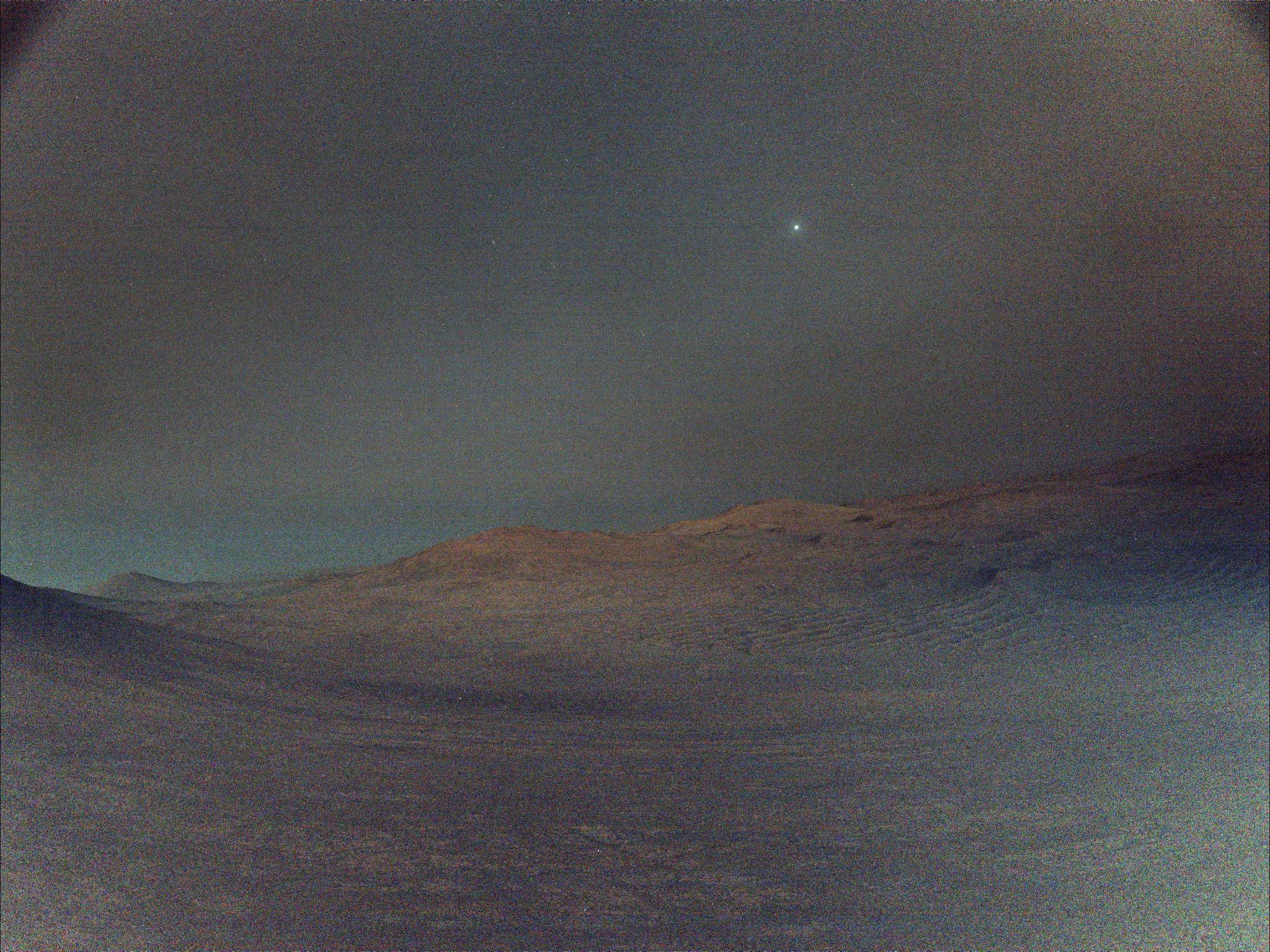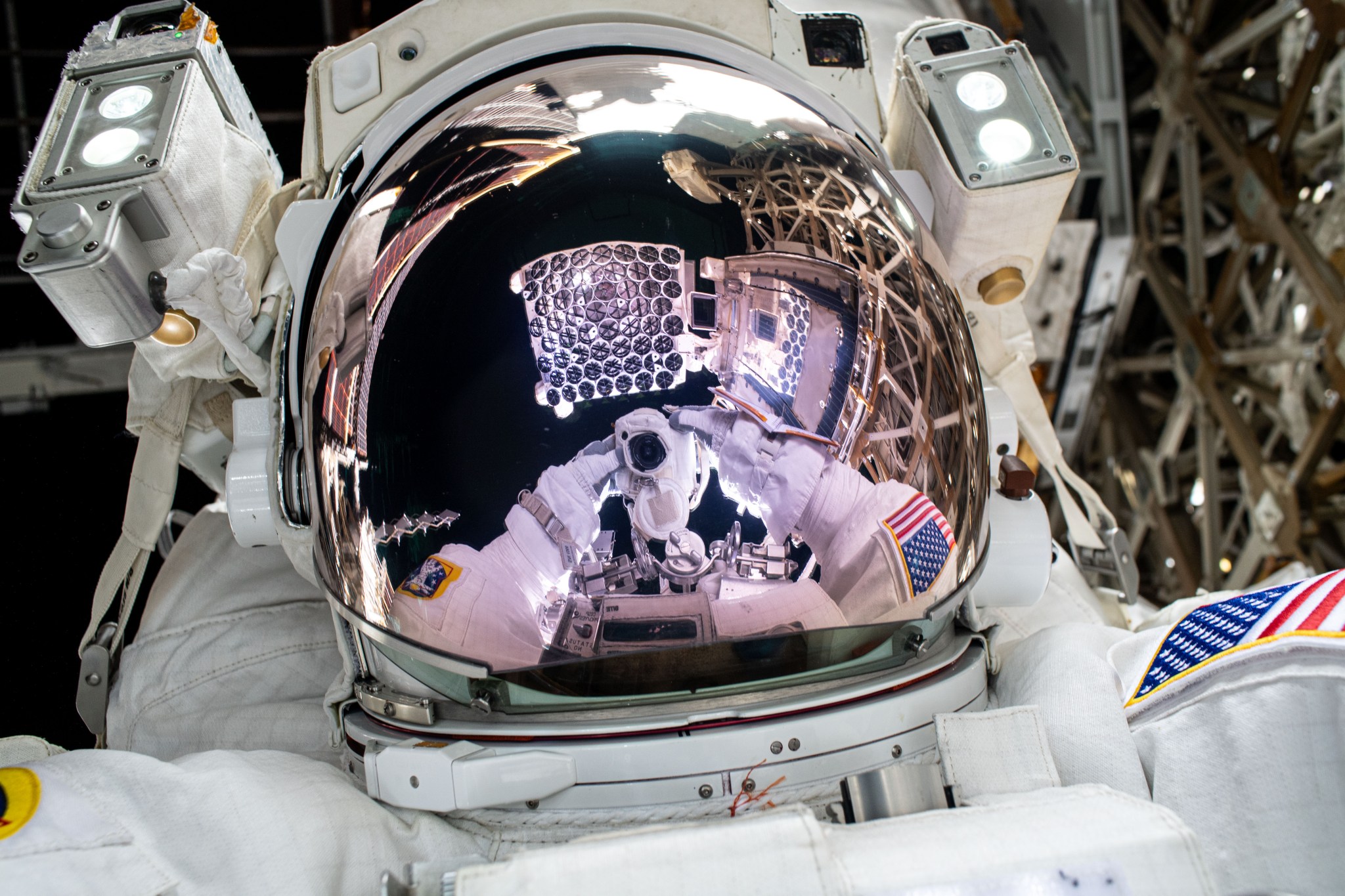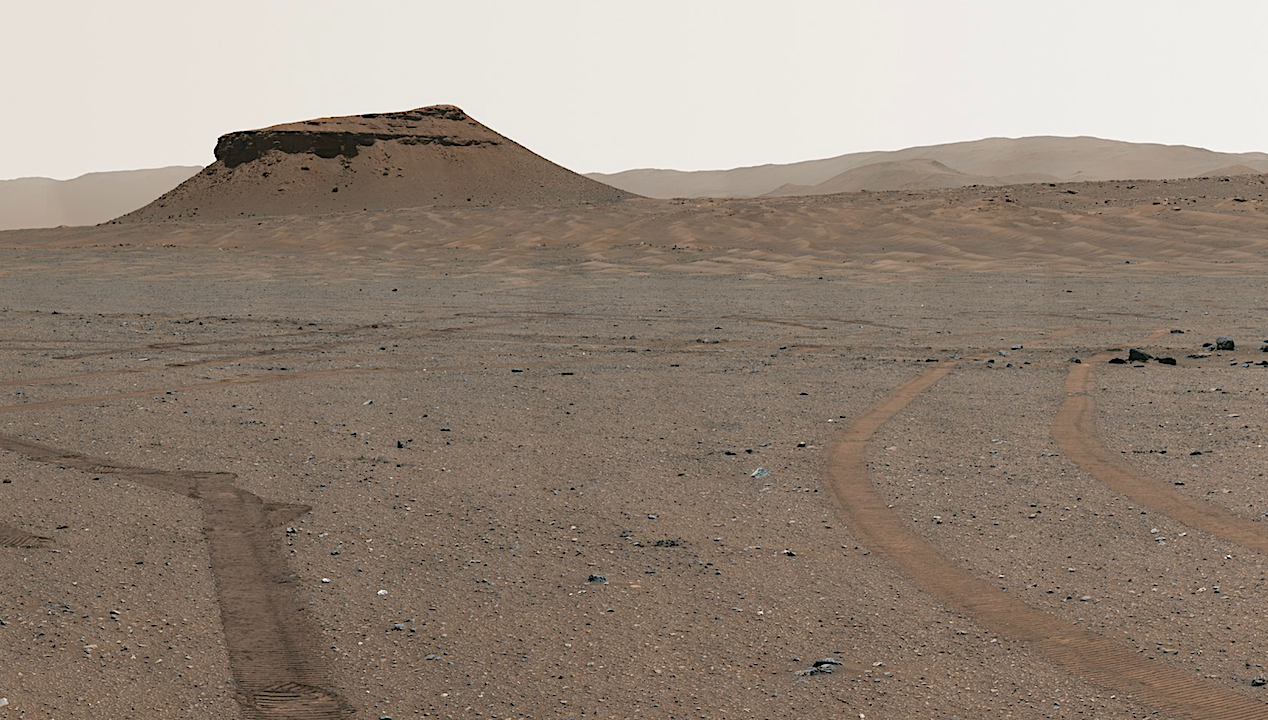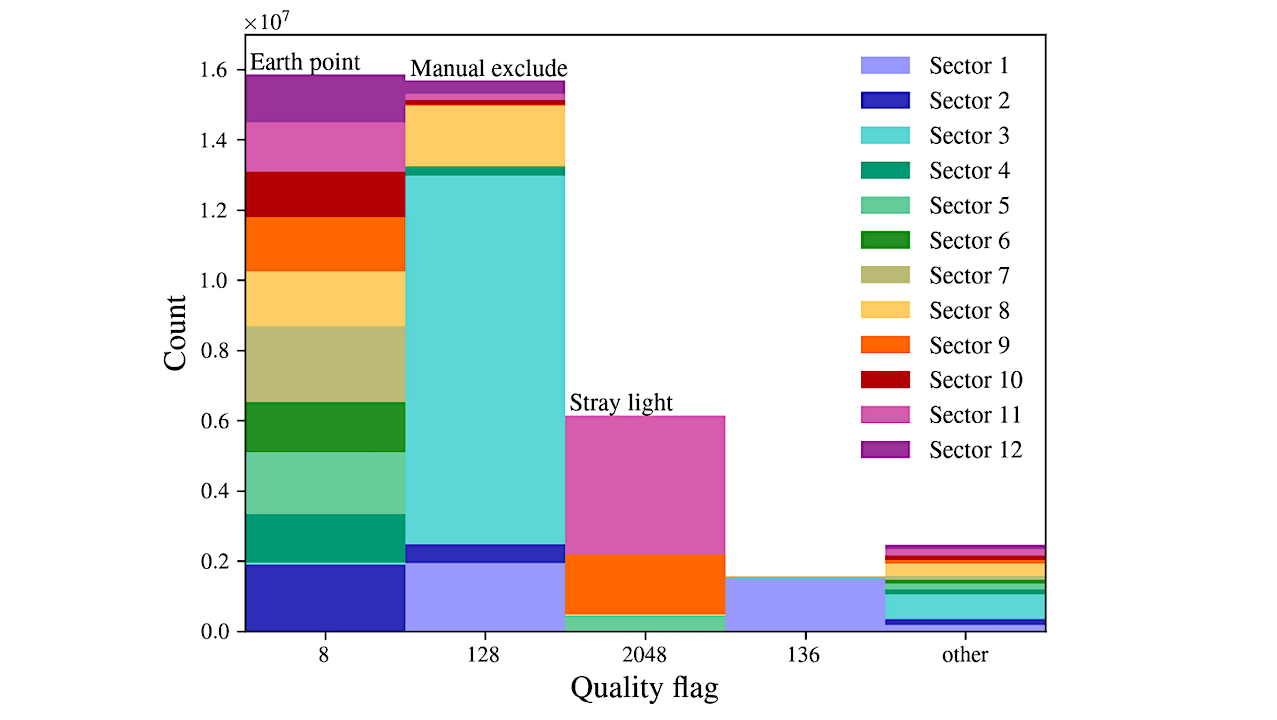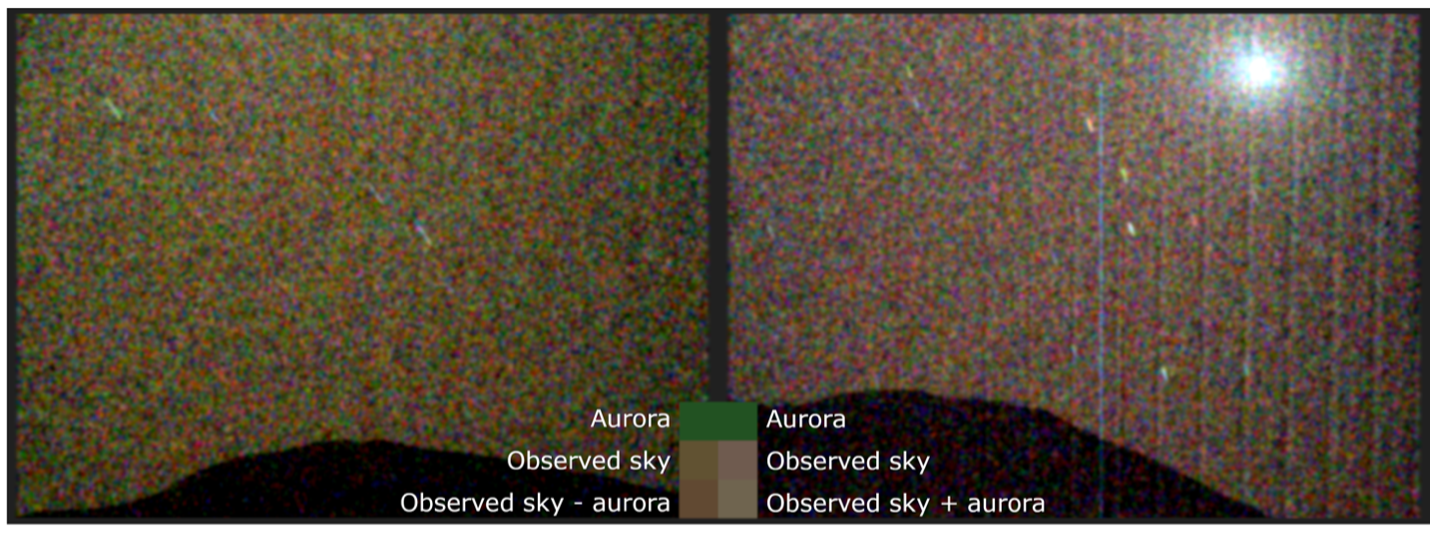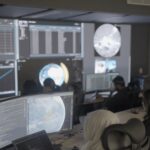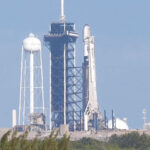Join our newsletter to get the latest military space news every Tuesday by veteran defense journalist Sandra Erwin. Today, Earth’s orbits carry over 100 million debris objects, which have already resulted in nearly
Hot Posts226- Page
NASA/JPL-Caltech NASA’s Perseverance rover captured this view of Deimos, the smaller of Mars’ two moons, shining in the sky at 4:27 a.m. local time on March 1, 2025, the 1,433rd
Pit on Mars – NASA Editor’s note: On Earth pits – large caves – usually formed as chambers inside of limestone due to water erosion and collapses – can host
June 24, 2025 NASA’s NICER (Neutron star Interior Composition Explorer), an X-ray telescope on the International Space Station, has paused observations due to a problem with one of the motors
Overview of the chemical elements detected in the transmission spectra of Ultra-Hot Jupiters (UHJ). Planets are ordered by decreasing equilibrium temperature. WASP-33 b is a more challenging target due to
Astronomers have captured the clearest view to date of a massive young star gulping down swirling gas, offering a rare glimpse into how these cosmic titans grow to their enormous
Press Release June 24, 2025 MEPAG Search for Life Part 1: Tuesday July 8th, 8am PDT/11am EDT/5pm CESTPart 2: Tuesday August 5th – Thursday August 7th, 8am PDT/11am EDT/5pm CEST
Exoplanetology: Exoplanets & Exomoons Status Report astro-ph.EP May 2, 2025 The frequency of quality flagged cadences as they occur in year 1 light curves. The most commonly occurring quality flags
6 min read NASA Observes First Visible-light Auroras at Mars On March 15, 2024, near the peak of the current solar cycle, the Sun produced a solar flare and an
This image shows a wide-field view of part of the Taurus Molecular Cloud, about 450 light-years from Earth. Its relative closeness makes it an ideal place to study the formation
-
 012024 in Review: Highlights from NASA in Silicon Valley
012024 in Review: Highlights from NASA in Silicon Valley -
 02Panasonic Leica Summilux DG 15mm f/1.7 ASPH review
02Panasonic Leica Summilux DG 15mm f/1.7 ASPH review -
 03From Polymerization-Enabled Folding and Assembly to Chemical Evolution: Key Processes for Emergence of Functional Polymers in the Origin of Life
03From Polymerization-Enabled Folding and Assembly to Chemical Evolution: Key Processes for Emergence of Functional Polymers in the Origin of Life -
 04How New NASA, India Earth Satellite NISAR Will See Earth
04How New NASA, India Earth Satellite NISAR Will See Earth -
 05And Thus Begins A New Year For Life On Earth
05And Thus Begins A New Year For Life On Earth -
 06Astronomy Activation Ambassadors: A New Era
06Astronomy Activation Ambassadors: A New Era -
07SpaceX launch surge helps set new global launch record in 2024


